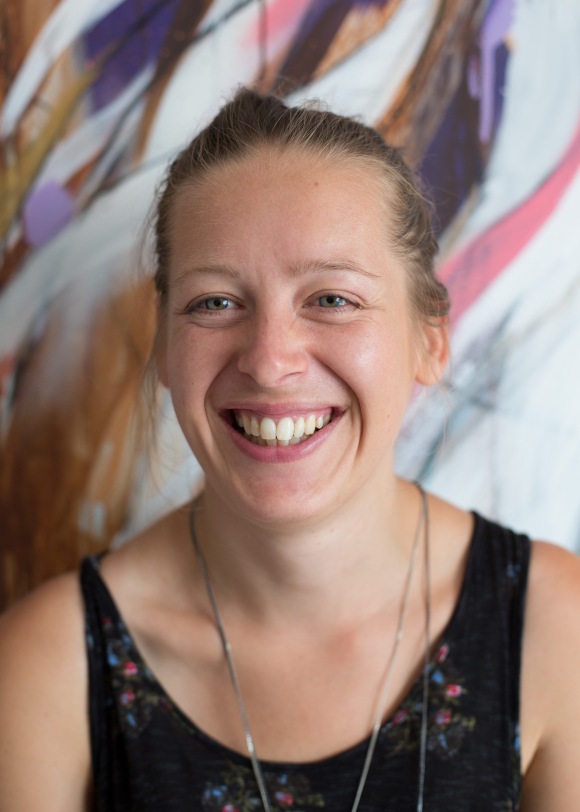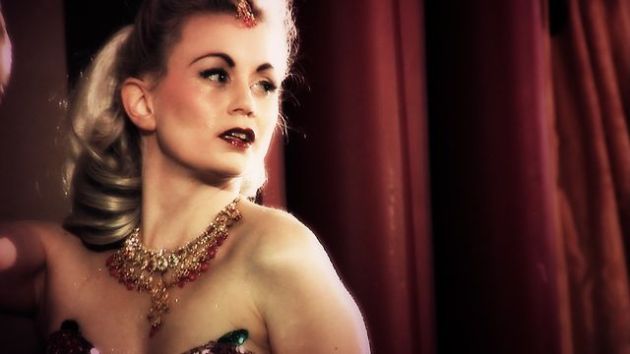The frontman talks to Millie Walton about his love of travelling, and how the band owe more just than their name to the city of Mumbai as he shares some of his travel-snaps
What would So Long, See You Tomorrow, taste like if it was a dish? I ask Bombay Bicycle Club’s frontman Jack Steadman. “Fish tacos” he says, chewing the question with more relish than I’d anticipated. “You’d probably put lemon on your tacos, so it would be quite citrusy. Maybe the fish is battered, so it’s got a bit of bite to it” he enthuses. “Actually, I could really do with some fish tacos now…” Not the greasy kind, Jack clarifies, more the “Refreshing, very summery, quite clean [variety]. I think the production of the album is like that, it’s not really rough around the edges.”

“I liked being anonymous and alone in Mumbai, and everything around me moving on fast-forward”
It’s lunchtime in September and we’re sitting in a hotel room in Soho, which is not as seedy, nor as greasy, as it sounds. It’s been a warm month in the capital, which has extended the summer, and the band have played a string of festivals and gigs in support of the dance inspired Bollywood romance album, So Long… Infused by the colourful cultures and climates of Mumbai, Istanbul and Amsterdam where most of the ten tracks where conceived, the album is a huge leap from the soft, lulling sounds of their previous albums, which were more comparable to warm cups of melted chocolate than the fiery spice of So Long…
The shift was a risk, but it paid off. Just days after its release in February, the album reached number one in UK charts.
“When we started playing at the beginning of the year people were enjoying it, but as soon as the summer started and we started playing festivals, it really clicked. We made an album that’s completely suited to playing outside in the sun.”
As with all of the band’s records, Jack wrote this one alone. But unlike previous albums, he laid out the tracks during his travels around the globe, starting off in a remote cottage in the Dutch countryside where he lived with a local family and set up a studio in their barn. “It worked out really well – the guy was not only hugely passionate about music, but also about sound. He had all these speakers and hi-fis that he’d collected which I could use.”
After Holland, Jack went to Istanbul, where again he found a family – “with a little barn” – who offered him board and a place to work. “The guy I was staying with was the head of the village. It was crazy, a tiny Turkish village. One day, I said I needed a drum kit and he drove me to this travellers’ settlement outside of town. He said ‘The local community has ostracised these people and they live here now on this campsite, but they have a wedding band and he’s agreed to lend you his drum kit. But not before you spend the night here and meet everyone.’
They put on a concert for me and there was a guy playing old gypsy folk songs on the violin and there was this nine-year-old kid prodigy who was playing the clarinet. It was the most surreal couple of weeks!” he says of the experience.

It was during a month Jack spent in Mumbai that the album really started to come together: “I got so much done and I was just in a really good place. I fell in love with the city. I woke up every morning feeling great and excited to be there, which is the perfect mind set to be writing music in.”
What was so inspiring about the city? “The food, the music, the people. Mumbai is this sort of crumbling old colonial city that is so small, yet it can manage to fit a billion people into it. It’s insane,” he rushes. I posit that it must have been stressful, being in such a densely packed place. “No” Jack says, shaking his head with a smile, “it was the opposite. I’m a big city guy. I liked being anonymous and alone in Mumbai, and everything around me moving on fast-forward. I made sure I took the train everyday to the studio rather than a cab because I loved them being so packed that I had to hang out the doorway, and I had the breeze in my hair. It’s the only way you can stay cool because it’s so hot, it’s like the only air conditioning you get.”

“A lot of people might have got the impression that I was going to ‘find myself’ or going to specifically try and write different sounding music…”
What’s it like writing in foreign studios I ask him. “When I’m in London there’s such a blurred line between me just hanging out in the studio and actually having to work. When you go away for the specific reason to write, you feel stupid just hanging around so you’re a lot more driven. That was the entire reason I started going away. In fact, that’s probably quite important to explain because a lot of people might have got the impression that I was going to ‘find myself’ or going to specifically try and write different sounding music… It was to go and have that sense of purpose.”
Did he find it difficult to return home after such a productive period abroad, I ask: “Everywhere I go after about three or four weeks I start missing London buses, rain, and sarcasm” he laughs. “I really long for it, especially when I’m in places like the States where it’s really hot. I just want it to be green and wet and cold, and I want somebody to be mean to me, and not to just smile all the time!” he jokes. More seriously, he admits, “When I am at home I get restless again. I’m definitely a grass-is-greener type of person, which is annoying. It’s not healthy in any aspect of your life.”
We both agree on this point, but I can’t help feeling that in Jack’s case, it’s not that unhealthy. In fact, it seems to be the vital component of his creativity and success.
Words Millie Walton
Images courtesy of Jack Steadman
This article was originally written for and published by PORT magazine: http://bit.ly/1BajNwt









